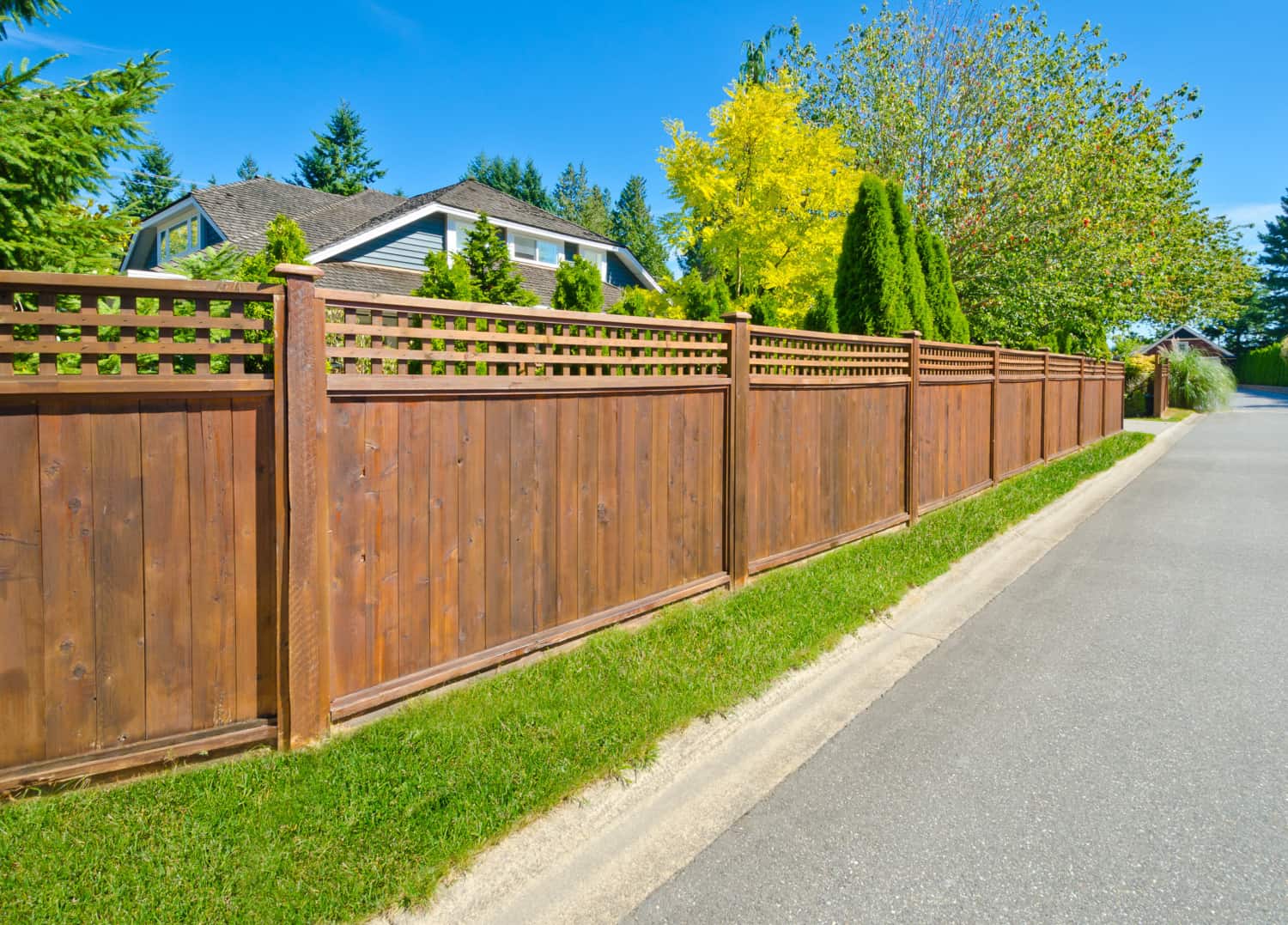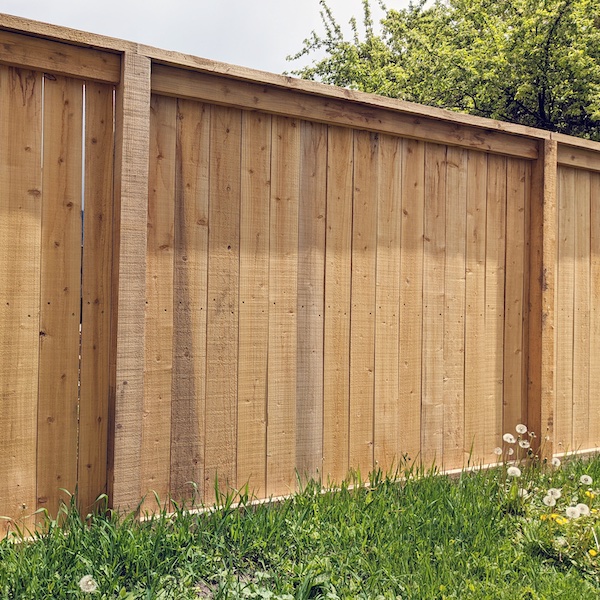All Categories
Featured

As sustainability becomes a growing priority for businesses and home owners, the need for environment-friendly structure materials includes outdoor spaces, including fences. Standard secure fencing products such as wood, metal, and plastic can have substantial environmental influences, from deforestation to chemical treatments and plastic waste. There are a number of environment-friendly secure fencing choices offered that not just minimize the carbon impact however likewise provide resilience and visual appeal. Allow's check out a few of one of the most lasting and preferred secure fencing materials that can assist you go environment-friendly while still enhancing your home's design, personal privacy, and safety.
- Bamboo Secure fencing. Bamboo is just one of the most lasting products on the marketplace, and it is significantly utilized in fence construction as a result of its quick development and toughness. Unlike wood trees, bamboo is a turf that can grow back totally within just a few years, making it extremely renewable. It's naturally immune to parasites and rot, which suggests it does not require rough chemicals or therapies, making it an environment-friendly choice.

Perks: Bamboo fences are durable, low-maintenance, and eco-friendly. They are naturally resistant to termites and moisture, minimizing the requirement for chemical preservatives. In addition, bamboo helps in reducing dirt disintegration because of its deep root systems. Factors to consider: Bamboo can be a lot more expensive than some typical timber fencing options, and it may not be ideal for areas with severe chilly or freezing temperatures, as it can become fragile with time. 2. Recycled Materials Secure Fencing. Secure fencing made from recycled materials is an amazing method to advertise sustainability. Many suppliers now use fences made from post-consumer plastic, recycled timber, or even repurposed steel. By picking secure fencing made from recycled materials, you decrease the need for new resources and assist prevent waste from finishing up in land fills. Lots of composite products, as an example, are made from recycled plastic containers, timber scraps, and other products that would certainly otherwise be discarded.
Conveniences: Recycled material fencings help save natural deposits, reduce pollution, and lower the environmental effect of the production procedure. They can also supply outstanding toughness, resisting decay, mold and mildew, and termites. Factors to consider: While recycled material fences are very sturdy and green, they may not have the exact same natural visual that some property owners look for. Producers currently provide styles that imitate the appearance of timber or rock. 3. Composite Fence. Compound fencing is made from a mix of timber fibers and plastic, frequently integrating recycled products. This mix develops an extremely sturdy, low-maintenance fence that does not call for routine paint or staining, making it a lasting alternative. Compound fencings are resistant to rot, pests, and weathering, which indicates they can last for many years without the demand for regular substitutes.

Benefits: Compound fencings are long-lasting and can withstand severe weather problems, lowering the need for fixings or replacements. Considering that composite materials often consist of recycled web content, they help in reducing plastic waste. Additionally, they do not need damaging chemicals or treatments. Factors to consider: Composite fences can have a greater in advance expense than typical wood or plastic, though their resilience and decreased maintenance prices usually make them a much more affordable option in the long run. 4. Living Fencings. Living fences, likewise called hedges, are an eco-friendly and visually pleasing alternative that involves growing thick bushes, trees, or climbing plants along your residential property line to create a natural barrier. Popular plants for living fences consist of boxwood, privet, and holly. These plants can be grown to supply privacy, windbreaks, and noise reduction while adding to ecological wellness.
Advantages: Living fencings advertise biodiversity, enhance air quality, and soak up co2, making them among one of the most environment-friendly fencing alternatives. They additionally offer a natural environment for insects and birds and can decrease sound pollution and aid control temperature levels in your yard. Factors to consider: Living fences require routine upkeep, such as cutting, watering, and often pest control. They additionally require time to establish and may not give prompt personal privacy compared to solid wood or vinyl fencings. 5. Cedar and Redwood Fence. Cedar and redwood are preferred natural wood alternatives for fences. These products are normally resistant and durable to rot, parasites, and moisture, which suggests they normally don't need making use of unsafe chemical therapies. When sourced from sustainably taken care of woodlands, cedar and redwood fences can be an eco-friendly selection that offers both charm and long life.
Advantages: These timbers are eco-friendly, sustainable, and deal outstanding resilience and all-natural elegance. Cedar and redwood additionally have a reduced environmental effect when harvested properly, making them an environment-friendly option for many homeowners. Factors to consider: While cedar and redwood fences have ecological benefits, they do still call for periodic upkeep and are more expensive than various other timber options. It is very important to ensure that the wood is sourced from sustainable woodlands to maximize its ecological advantages. 6. Rock and Block Fence (Recovered) Stone and brick fencings are low-maintenance and incredibly durable, and they can be environment-friendly when made from recovered materials. Recovered stone and brick are commonly recovered from old structures or construction jobs, minimizing waste and preserving natural deposits. These products provide an ageless look and are extremely resistant to weathering, making them a resilient solution for secure fencing.
Conveniences: Recovered stone and brick are long lasting, cosmetically pleasing, and require very little upkeep. By repurposing these materials, you help in reducing the demand for new resources and lower waste in land fills. Factors to consider: The installation of rock and brick fencings can be labor-intensive and extra costly compared to other products, however their long life and reduced upkeep needs can make them cost-effective in the long run. Conclusion. Eco-friendly fence options are not just great for the environment but additionally provide resilience, low maintenance, and visual appeal. Whether you decide for bamboo, recycled products, composite fencing, living fencings, or sustainable wood like cedar and redwood, there are many methods to minimize your ecological impact while enhancing your building's appearance. By choosing these eco-conscious materials, you can add to a much healthier earth and produce an outside room that reflects your worths.
Latest Posts
Explore WyHy FCU – Top Benefits for Members
Published May 25, 25
1 min read
Find Outstanding Car Repair Care in Chicago – Quality Service Today
Published May 24, 25
1 min read
Boost Your Home's Outside with Weathercraft's Home siding Solutions
Published May 23, 25
1 min read